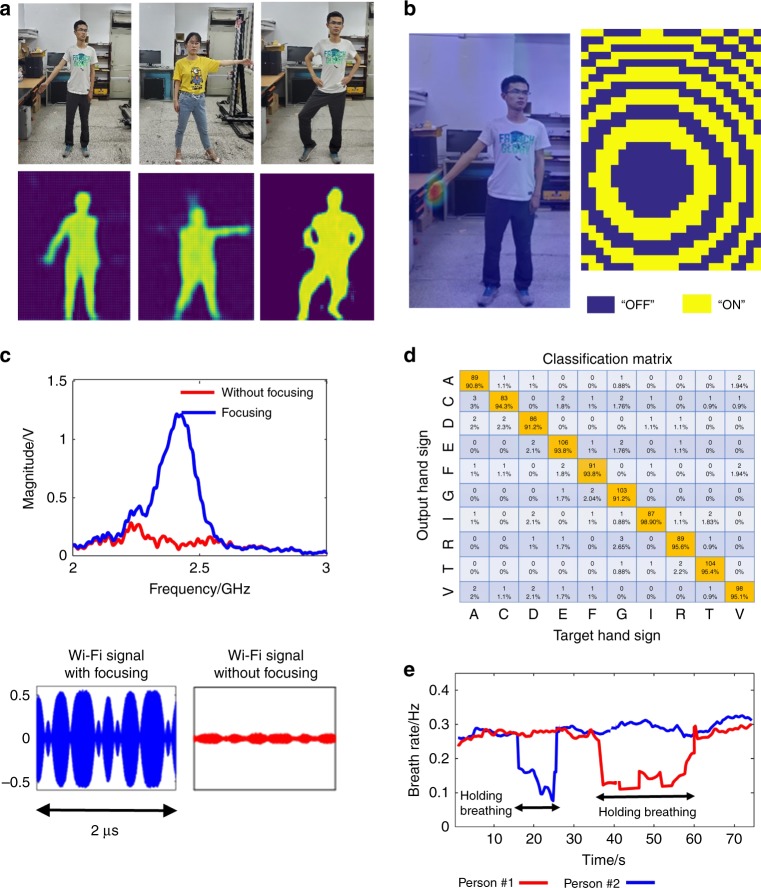Fig. 5. Experimental results of in situ imaging, hand-sign recognition, and respiration identification using the intelligent metasurface in the passive mode with commodity stray Wi-Fi signals.
a In situ imaging results using the intelligent metasurface excited with commodity Wi-Fi signals. The first row shows the optical images of the subject person with different gestures behind a 5-cm-thick wooden wall. The second row reports corresponding imaging results by the intelligent metasurface with IM-CNN-1. b On the left is the result of the Wi-Fi signals focused at the desirable spot of human hand, and on the right is corresponding coding pattern of programmable metasurface. Here, the spatial distribution of Wi-Fi signals is obtained using so-called near-field scanning technique, as done in Fig. 3c. c The Wi-Fi signals with and without being focused through the programmable metasurface have been compared, which are measured at the location of left hand shown in (b). The top row compares the frequency spectrums of Wi-Fi signals, which are obtained by operating on the raw time-domain Wi-Fi signals with standard FFT technique. Note that the signal-to-noise ratio of Wi-Fi signals at the local spot of human hand can be enhanced by a factor of more than 20 dB at around 2.4 GHz. d The classification matrix of 10 hand signs in Fig. 3a obtained by using the IM-CNN-2. e Results of human respiration of two non-cooperative persons behind a 5-cm-thickness wall in our lab environment. From this figure, one can clearly see that not only two states of normal breathing and holding breathing can be readily distinguished, but also the respiration can be accurately identified

